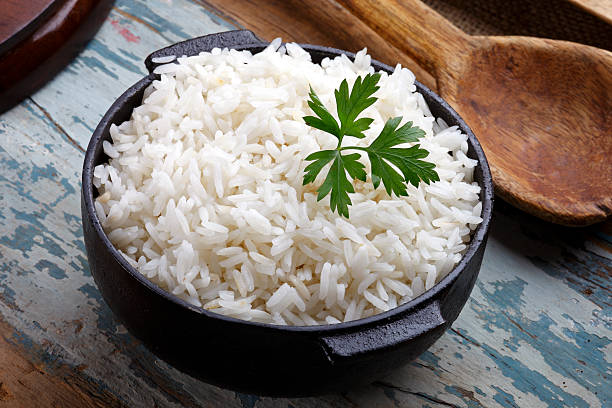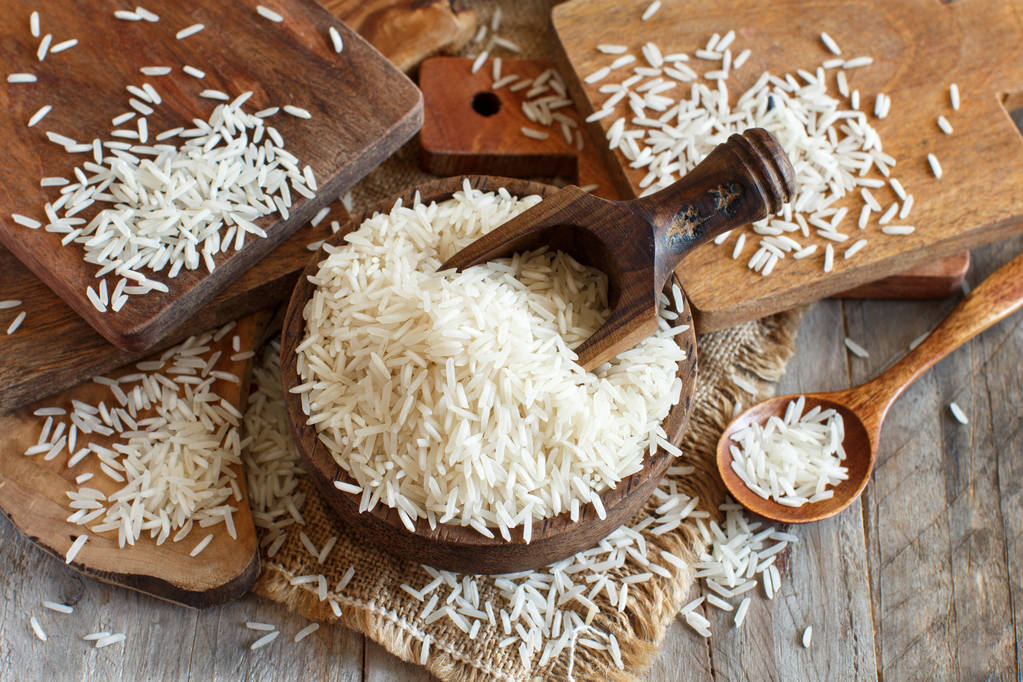It has been tested again! This time, Stiftung Warentest took a closer look at 31 different basmati rice products in a test. The result is surprising: no product achieved a “very good”, only five of the products were able to get a “good”. Here you can find out which basmati rice products were tested and how they fared.
Basmati rice is versatile and the perfect base for many dishes. But please without pollutants, pesticides, and toxins. But these were found by Stiftung Warentest. 31 basmati rice products were tested and some even exceeded the legal limit for pesticides.
It was tested across the range: boil-in-the-bag, microwave rice, loose basmati rice, whole grain rice, from organic and conventional cultivation, the supermarket, the discounter, and health food stores. The basmati rice was not only checked for harmful substances in the test – the sensory properties (smell, taste, consistency, and mouthfeel) also counted as a sub-score in the test result.

For which pollutants was the basmati rice tested?
Mold toxins
The fungicide tricyclazole is often used in basmati rice. The rice is treated with this spray so that it does not mold. The limit, which was lowered at the beginning of the year, was exceeded in seven basmati rice products.
Fumigant
To protect rice from pests during transport, it is fumigated. Methyl bromide is used for this in some countries, although this substance is banned in the EU and is harmful to the environment. However, residues of methyl bromide were found in three products, including two organically grown basmati rice products. This plant protection product must not be used in organic rice cultivation, which is why these results are particularly unsatisfactory.
These are the best and worst basmati rice products
The five basmati rice products that received the best ratings from Stiftung Warentest all received the test result “good” and can be found on the shelves of discounters as well as in organic shops. The prices fluctuate accordingly – from 1.99 euros per kilo to 7.50 euros. This shows that good basmati rice cannot be identified by price. Whether the basmati rice came from sustainable cultivation or not was irrelevant in the test. These are the top 5 rankings:
- Lidl “Golden Sun” Traditional Basmati Rice (1.99 Euro/kg)
- Aldi Süd “Le Gusto” basmati rice (1.99 euros/kg)
- Davert “Real Basmati Rice” (7.50 Euro/kg)
- Netto Marken-Discount “Satori Asian Style” basmati rice (1.99 Euro/kg)
- Tilda “Pure Original Basmati” (6.60 euros/kg)
In the basmati rice test, a total of six products performed worst and were rated “poor”. This affects the following products:
- Fair East basmati rice (4.00 euros/kg)
- Netto Marken-Discount “Satori Asian Style” cooked basmati rice (3.95 Euro/kg)
- Edeka “Basmati rice” in a cooking bag (4.60 euros/kg)
- dm “Organic Basmati Rice Whole Grain” (4.90 Euro/kg)
- Alnatura “Basmati Rice Wholegrain” (4.90 Euro/kg)
- Neuss & Wilke basmati rice (3.50 euros/kg)

The test results on the organic basmati rice products suggest that the rice was fumigated with phosphine to be transported from Asia to Europe, which would violate the guidelines for organic products. A further 14 products scored “satisfactory” in the basmati rice test, the other five basmati rice products were rated “sufficient” in the test. At least three products achieved the grade “very good” in the sub-grade “sensory technology”. These include Lidl, Davert, and Tilda, which impress with an aromatic basmati note.
Two basmati rice products are not marketable – these include the basmati rice from Fair East and the microwave rice from Netto Marken-Discount. In both basmati rice products, more pesticide residues were detected in the test than are legally permitted.



